American Guinea Pig: A Comprehensive Guide For Pet Lovers in 2025
Discover everything you need to know about taking care of American guinea pigs - from how to feed them and all the way to tips on how to keep them entertained!
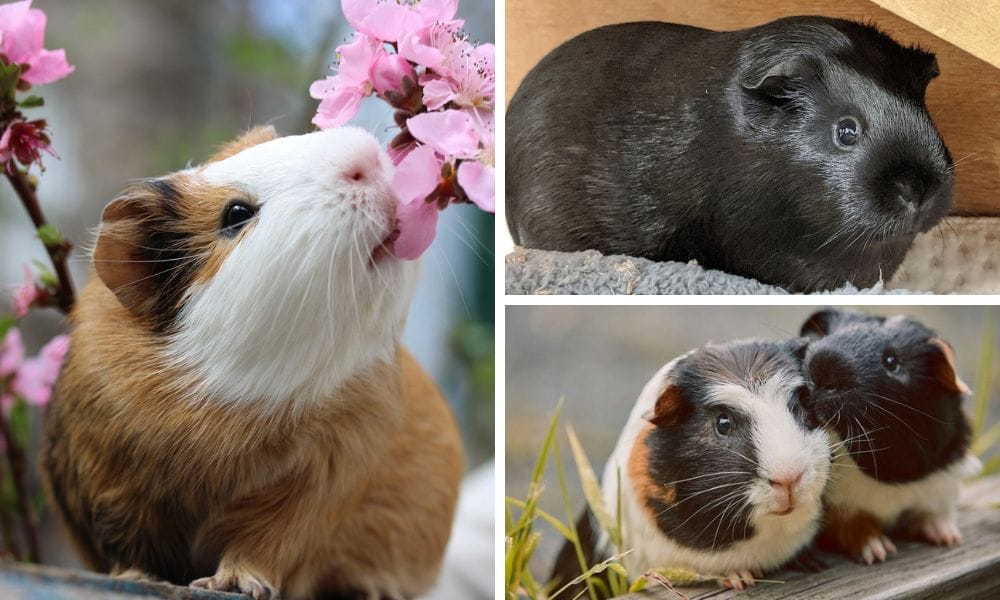
Key Takeaways:
- Understand the unique characteristics and care requirements of American guinea pigs.
- Discover the diversity among guinea pig breeds and their specific needs.
- Learn how to maintain the health and happiness of your guinea pig through proper diet, housing, and companionship.
Guinea pigs, or 'cavies' as they are often known, have been charming pet owners around the world with their curious personalities and expressive faces. Among the various breeds, the American guinea pig stands out as a popular choice for both novice and experienced piggy parents. This comprehensive guide will delve into the world of guinea pigs, exploring their characteristics, care needs, and why they make such great pets.
What is an American Guinea Pig?
The American guinea pig is a breed that is known for its smooth coat and friendly disposition. Recognized by the American Cavy Breeders Association, this breed is often the poster child for guinea pigs in general. With a compact body and round ears, the American guinea pig's appearance is iconic. They come in a variety of colors, including the classic white guinea pig with red eyes, and can have a white coat with dark spots or a solid color.
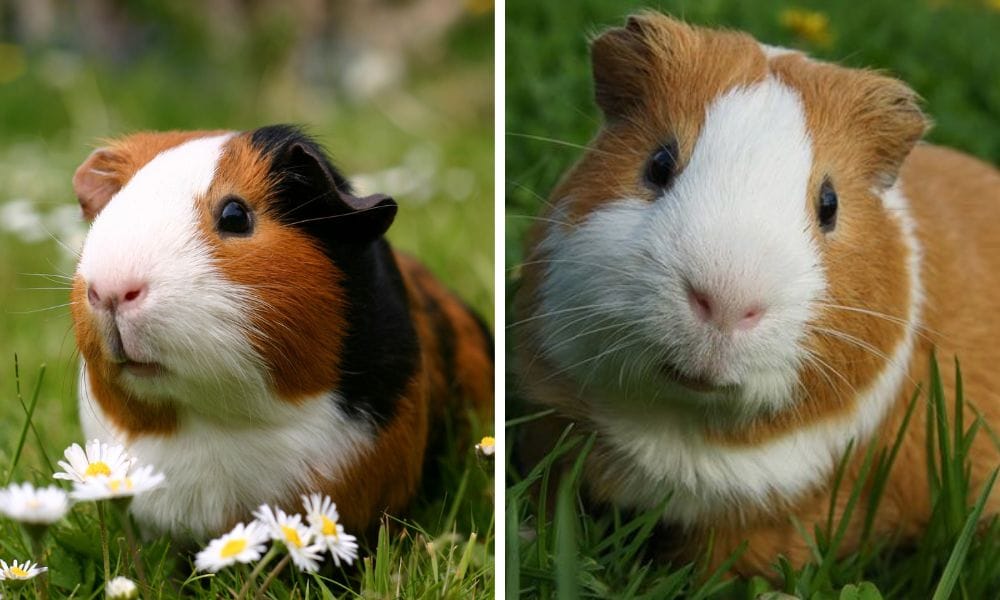
The History of Guinea Pigs
Originating from the Andes Mountains of South America, guinea pigs were domesticated as early as 5000 BC. They were not only kept as adorable companions but also played a role in various cultural practices. Wild guinea pigs still roam the South American landscapes, but the domesticated breeds we know today have been bred for specific traits, including the American guinea pig breed.
Different Breeds of Guinea Pigs
Domestic guinea pigs have been bred for various characteristics, distinguishing them from their wild relatives. While the American piggie is a popular breed, it’s just one of many. Other guinea pigs include the Abyssinian guinea pig, known for its rosettes and lively personality, and the Peruvian guinea pig, with its long, flowing hair. Long haired guinea pigs like the Peruvian, Sheltie, and Sheba guinea pigs require regular grooming to maintain their beautiful coats. The Teddy guinea pig, with its dense, plush coat, and the hairless breeds like the Skinny pig, offer unique alternatives for piggy parents. Hairless guinea pigs, including the Skinny pig and Baldwin guinea pig, have specific care needs such as temperature regulation and skin care. Each breed has its own care requirements, from the daily grooming needed for a Peruvian guinea pig to the extra warmth a Skinny pig might require. Rex guinea pigs, with their fuzzy and wiry coats, and playful personalities, also make wonderful pets. Ridgeback guinea pigs, a unique breed within the Abyssinian category, are known for their distinctive mohawk hairstyle and friendly nature. Alpaca guinea pigs, characterized by their long, wavy hair and forward-pointing bangs, are beautiful but require experienced care. Teddy guinea pigs are popular for their plush appearance and relatively easy care requirements.
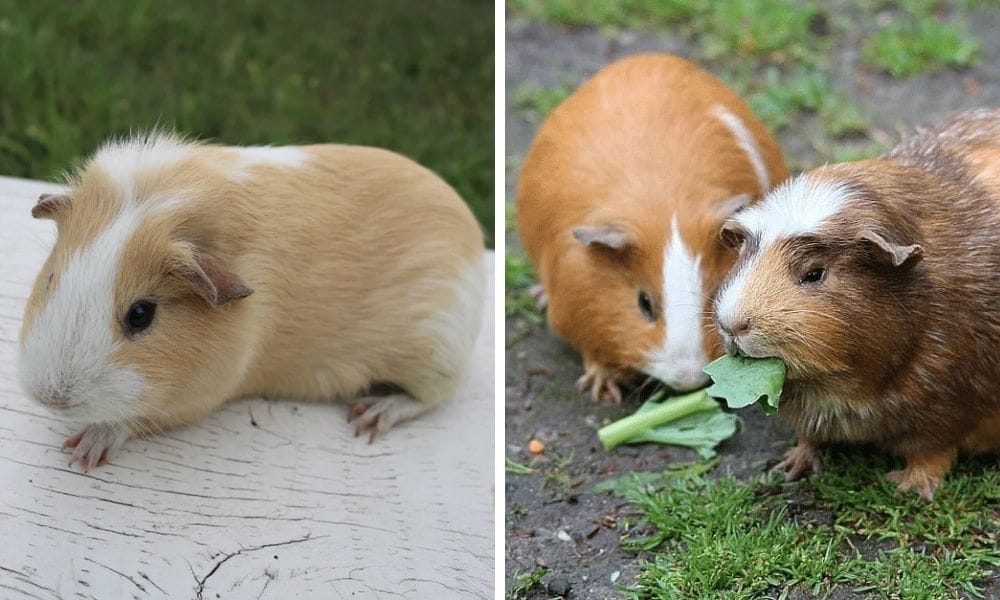
American Guinea Pig Characteristics
The American piggie breed is known for its distinctive characteristics, which set it apart from other guinea pig breeds. One of the most notable features is its smooth, short coat, which is not only easy to groom but also comes in a variety of colors. Whether you prefer a solid, agouti, or marked pattern, there’s an American guinea pig to match your aesthetic preference.
In terms of size, the American guinea pig is a medium-sized breed, typically weighing between 2-3 pounds. Its body type is solid and rectangular-shaped, complemented by a rounded, Roman-type nose, short legs, and large, round ears. These physical traits give the American piggie a robust and endearing appearance.
But it’s not just their looks that make them popular. The American guinea pig is renowned for its friendly, outgoing personality. Often described as easygoing and affectionate, this breed is a joy to have as a pet. Their temperament makes them an excellent choice for families and individuals alike, providing companionship and entertainment with their playful antics.
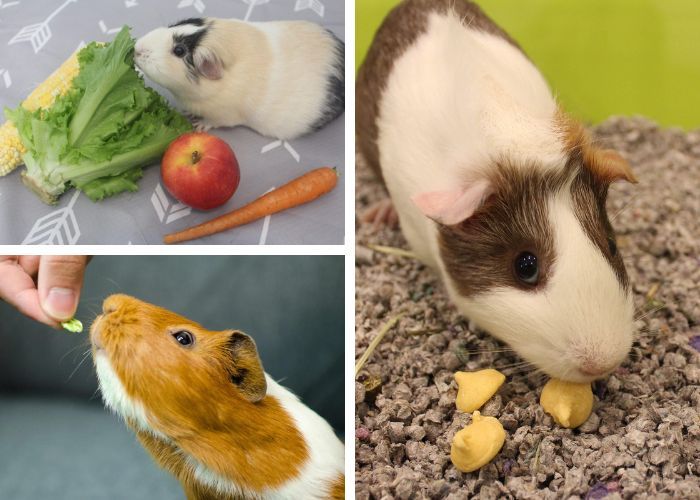
The American Guinea Pig's Diet
Guinea pigs tend to have specific dietary needs. A balanced diet for guinea pigs includes hay, fresh vegetables, and a small amount of pellets. They require their own vitamin C, as they cannot produce it themselves, making them prone to vitamin C deficiency. Food bowls filled with the right nutrients are essential for their health.
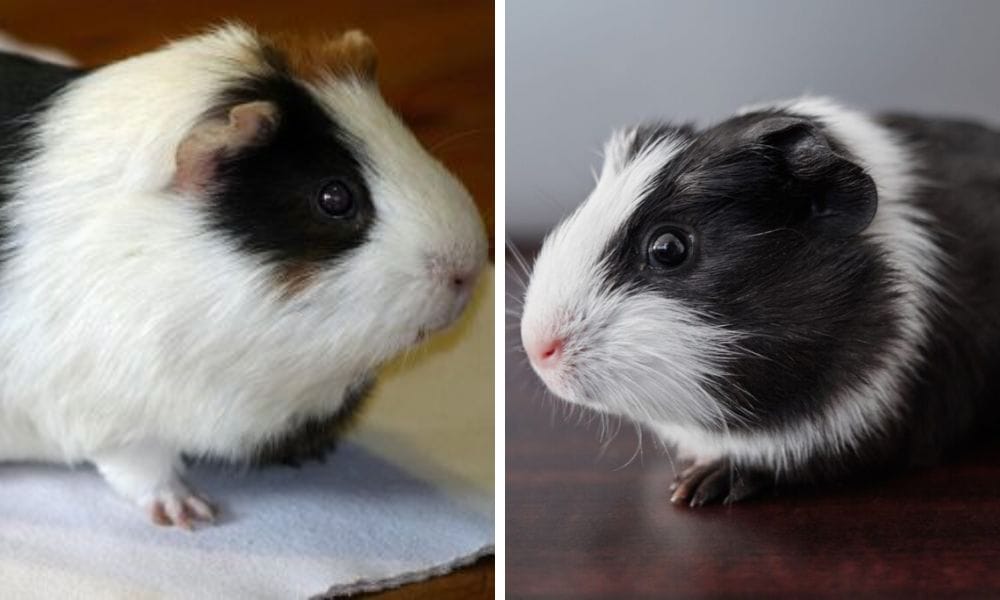
Housing Your American Guinea Pig
When it comes to housing, American guinea pigs need a spacious cage to roam and explore. They are herd animals by nature, so several guinea pigs living together can provide necessary social interaction. However, it's important to ensure that female guinea pigs are housed separately from males to prevent unwanted litters unless they are neutered.
Health and Wellness
Most guinea pigs are prone to certain health issues, and the American piggie is no exception. Regular vet check-ups are crucial to catch any signs of illness early. If you notice your guinea pig plays less or has changes in eating habits, it's important to consult a vet immediately. Common health problems include respiratory infections, dental issues, and skin conditions.
The Social Life of Guinea Pigs
Guinea pigs are social creatures and thrive on interaction with their owners and other guinea pigs. Abyssinian guinea pigs, known for their energetic nature and unique coat made of rosettes, require experienced care due to their grooming challenges. They are not solitary animals and can become lonely and depressed without companionship. Mental stimulation through toys and interaction, as well as the company of other guinea pigs, is vital for their well-being. Understanding Guinea Pig Breeds and Varieties Have you ever wondered about the diversity among piggy breeds? Let’s dive into some of the less commonly known but equally charming varieties. The Merino guinea pig, for instance, is a woolly wonder with curls that would make any hairstylist envious. With a lineage that includes the Texel guinea pig, it’s no surprise that the Merino’s locks are a sight to behold. These guinea pigs require a bit more grooming due to their long hair, but their affectionate nature makes the extra effort worthwhile.
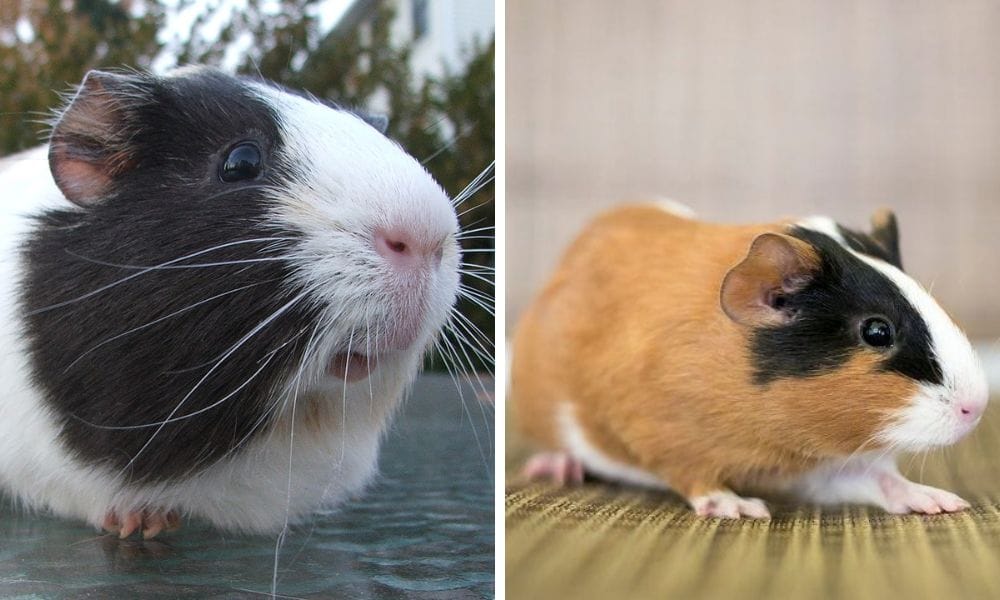
On the other hand, the Coronet guinea pig is like the royalty of the cavy world, sporting a single white crest that’s reminiscent of a crown. This breed shares a similarity with the White Crested guinea pig, but don’t mix them up—each breed has its unique characteristics! The Coronet’s long, flowing coat requires regular maintenance, but their curious personality ensures that grooming sessions are full of playful interactions. It’s important to note that while these breeds are stunning, their care needs can be more demanding than other animals, making them better suited for experienced owners.
Special Care for Unique Guinea Pig Breeds When it comes to special breeds like the Skinny pig and the Lunkarya guinea pig, care takes on a whole new level. Skinny pigs, for example, are nearly hairless and have a unique appearance that sets them apart from other breed types. Because they lack a fur coat, they’re more susceptible to temperature changes and require a warm environment to thrive. Their exposed skin also means that they need protection from the sun and regular moisturizing to keep their skin healthy.
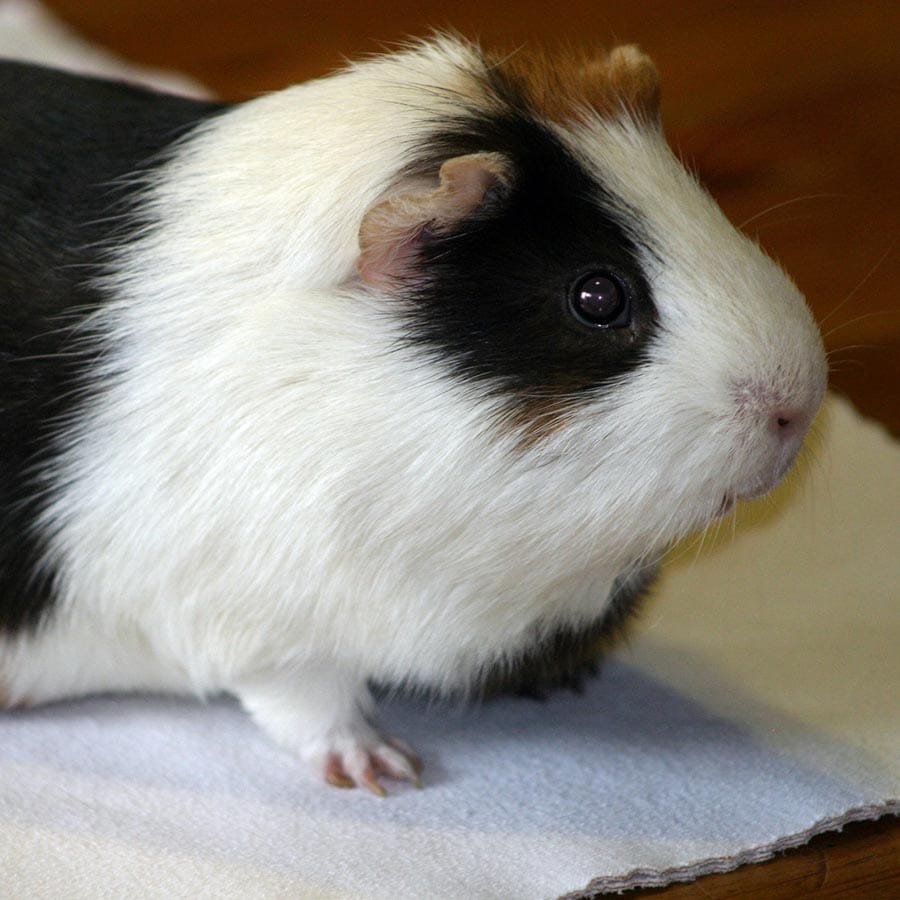
The Lunkarya guinea pig, with its wild and woolly appearance, is another breed that demands attention. Originating from Sweden, the Lunkarya’s coat is thick and requires frequent grooming to prevent mats and tangles. Despite their high-maintenance fur, Lunkaryas are known for their gentle and laid-back demeanor. They’re social creatures that enjoy the company of male guinea pigs and other guinea pigs, but it’s crucial to introduce them slowly to ensure a harmonious relationship. Whether you’re a seasoned guinea pig enthusiast or a newcomer, understanding the specific needs of these unique breeds is key to providing a happy and healthy life for your furry friends. The Significance of Guinea Pigs as Prey Animals Understanding the behavior of American Guinea Pigs requires insight into their natural instincts as prey animals. These adorable creatures are hardwired to be on high alert, which influences their interactions with humans and other pets. They tend to be skittish and may run for cover when startled. This instinctual behavior is crucial for potential owners to comprehend, as it necessitates a safe and secure environment for the guinea pigs to thrive.
Creating a habitat that caters to their prey animal nature involves providing plenty of hiding spots and minimizing loud noises or sudden movements around them. By doing so, owners can ensure their guinea pigs feel protected, which is essential for their overall well-being. Recognizing and respecting their innate tendencies not only fosters a trusting relationship but also enriches the lives of these sensitive creatures.
Guinea Pigs in Research: Beyond the Pet Perspective While the term ‘guinea pig’ is often synonymous with being a test subject, it’s important to acknowledge the historical and ongoing role of these animals in scientific research. As laboratory animals, guinea pigs have contributed significantly to medical advancements, including the development of vaccines and the understanding of various diseases. Their physiology and immune responses have made them valuable in the realm of immunology and genetics.
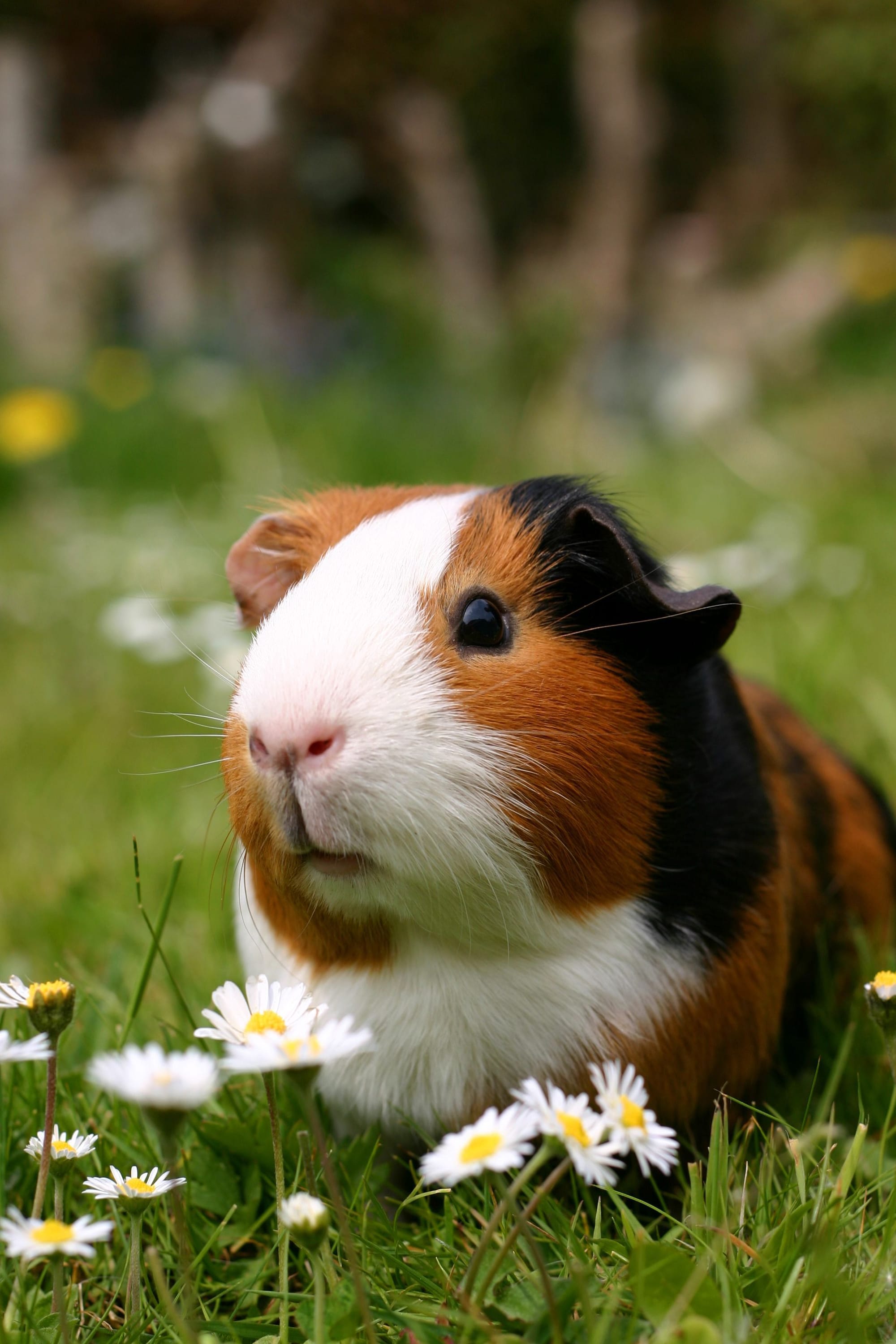
However, the use of guinea pigs in research has raised ethical considerations, leading to stricter regulations and the promotion of alternative methods. Despite this, the contributions of guinea pigs to science cannot be overlooked. It’s a complex topic that intertwines the respect for animal welfare with the pursuit of human health advancements, and it’s one that continues to evolve with the progress of ethical research practices.
Guinea Pig Life Cycle
Guinea pigs have a relatively long lifespan compared to other small mammals, typically living between 5-7 years. Understanding their life cycle can help you provide the best care throughout their lives.
Birth: Guinea pigs are born after a gestation period of approximately 59-72 days. Unlike many other small animals, baby guinea pigs, known as pups, are born fully furred, with their eyes open and ready to explore their surroundings.
Infancy: During the first few weeks of life, pups are incredibly active and begin to walk and run within hours of birth. This early mobility is crucial for their development and socialization.
Weaning: At around 3-4 weeks of age, pups are weaned from their mother’s milk and start eating solid food. This transition is essential for their growth and independence.
Adolescence: Guinea pigs reach adolescence at around 6-8 months of age. During this period, they develop their adult coat and characteristics, and their playful nature becomes more pronounced.
Adulthood: By the time they are 1-2 years old, guinea pigs are considered mature adults. This stage is marked by a stable temperament and full physical development.
Old Age: As they approach the end of their lifespan, guinea pigs may slow down and require more specialized care. Regular vet check-ups and a comfortable living environment can help ensure they enjoy their golden years.
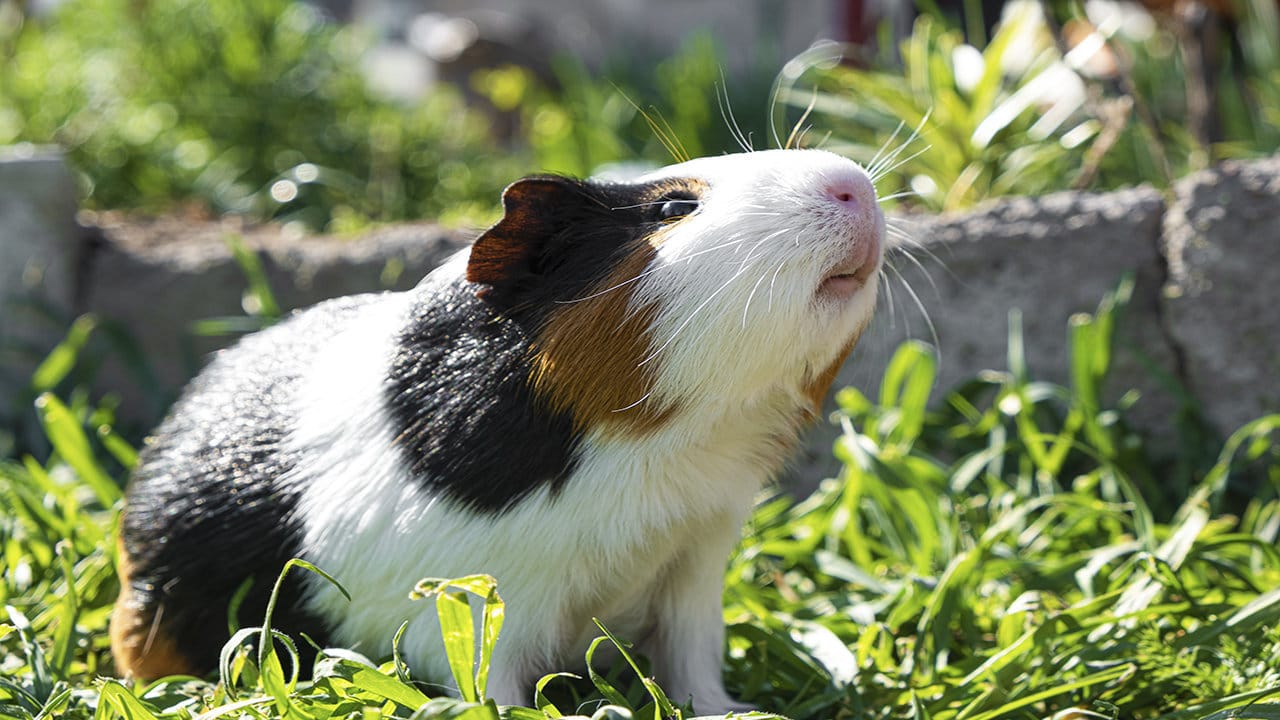
Ginny Pig Enrichment: Beyond the Basics
When we talk about enriching the lives of our furry friends, the term 'ginny pig' often brings to mind a simple cage with a wheel. But there's so much more we can do! Enrichment is about enhancing the quality of life for your American Guinea Pig by providing stimuli that cater to their natural behaviors. Think tunnels, hideouts, and even DIY mazes made from cardboard. These additions to their habitat encourage exploration and play, which are crucial for their mental well-being. It's not just about adding toys; it's about creating an environment that allows them to exhibit the behaviors they would naturally display in the wild.
Now, let's get creative! Have you ever seen a guinea pig react to music? Some owners swear by the calming effect of classical tunes on their pets. Or how about teaching your guinea pig to navigate a simple obstacle course? With patience and some healthy treats, you can train your guinea pig to follow commands or even navigate through a mini agility course. This not only provides physical exercise but also strengthens the bond between you and your pet. Remember, enrichment is a continuous process, and observing your guinea pig's preferences will help you tailor their environment to their specific needs.
The American Guinea Pig and Technology: A New Frontier
In a world where technology touches almost every aspect of our lives, it's no surprise that it has also made its way into the realm of pet care. For the American Guinea Pig, this means more than just an automatic feeder. There are now apps designed to monitor your pet's health, track their activity levels, and even help you find a vet in case of an emergency. These technological advancements provide peace of mind for owners and contribute to a higher standard of care for the animals.
But it's not all serious business; technology also brings a bit of fun into the mix. Have you heard of pet cameras that allow you to watch and interact with your guinea pig from anywhere? Some even come with a feature to dispense treats remotely! Imagine being at work and still being able to play with your pet during your break. It's a delightful way to stay connected with your furry friend throughout the day. As technology continues to evolve, one word comes to mind: possibilities. The potential for new and innovative ways to care for and interact with our American Guinea Pigs is truly exciting.
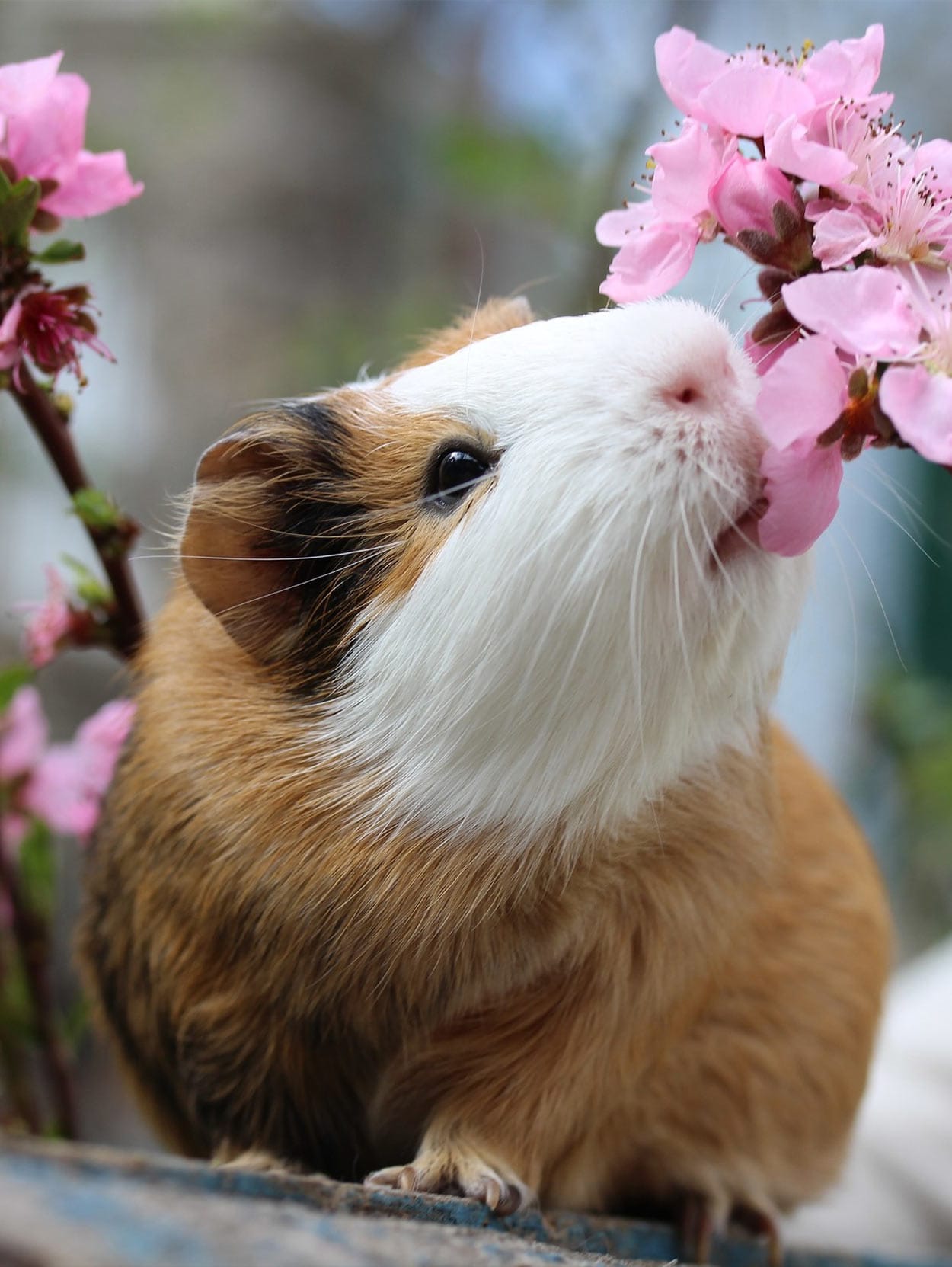
Breeding and Genetics
The American guinea pig breed has a diverse genetic pool, which can lead to a variety of coat colors and patterns. Peruvian guinea pigs are another popular breed known for their long, silky hair, gentle nature, and the need for regular grooming. Breeding should be done responsibly, with consideration for genetic health and the ability to care for any offspring. The British Cavy Council and other organizations provide guidelines for ethical breeding practices.
American Guinea Pig Care Tips
Caring for an American guinea pig involves more than just providing food and shelter. They require mental stimulation, a clean environment, and regular grooming, even with their short coats. From a young age, guinea pigs should be handled gently to get them accustomed to human interaction.
Safety and Precautions
When caring for guinea pigs, it’s essential to take certain safety precautions to ensure their health and well-being. Here are some key safety considerations:
Handling: Guinea pigs are social animals and enjoy being handled, but it’s essential to handle them gently and carefully to avoid injuring them. Always support their body and avoid sudden movements that could startle them.
Cage Safety: Guinea pigs are skilled escape artists, so it’s crucial to ensure their cage is secure and escape-proof. A well-ventilated, spacious cage with a solid bottom is ideal. Avoid wire-bottom cages as they can hurt their feet.
Diet: Guinea pigs have specific dietary needs, and it’s essential to provide them with a balanced diet that includes plenty of fresh hay, vegetables, and limited amounts of pellets. Fresh water should always be available, and vitamin C-rich foods are a must to prevent deficiency.
Health Checks: Regular health checks are crucial to detect any potential health issues early on. Monitor your guinea pig for signs of illness, such as changes in eating habits, lethargy, or unusual behavior, and consult a vet if needed.
Parasite Control: While guinea pigs do not require vaccinations, it’s essential to keep them up-to-date on parasite control and dental care. Regular grooming and cleaning of their living environment can help prevent infestations and maintain their overall health.
By following these safety precautions and providing proper care and attention, you can help ensure your guinea pig lives a happy and healthy life.
Fun Facts About American Guinea Pigs
Did you know that despite their name, guinea pigs are not pigs at all, nor are they from Guinea? They are actually rodents, more closely related to chinchillas and porcupines than to pigs or rabbits. The name "guinea pig" is a bit of a mystery, but it's thought to come from the sound they make, which is similar to a pig's squeal.
American Guinea Pig vs. Other Rodents
Compared to other rodents, American guinea pigs have a few distinct differences. They have a longer lifespan, typically living for 5 to 7 years, and they have a more docile and affectionate nature. Unlike other small animals, guinea pigs are active during short periods throughout the day and night, rather than being nocturnal.
The American Satin Guinea Pig
A variation of the American guinea pig is the American Satin, which has a glossy, satin-like coat. This breed requires the same care as the standard American guinea pig but with an added emphasis on coat health due to its sheen. The American Satin is officially recognized and admired for its unique appearance.
Preparing for a Guinea Pig
Before bringing an American guinea pig into your home, it's important to prepare. This includes setting up a proper cage, stocking up on supplies, and researching a local vet who has experience with small animals. Being prepared can make the transition smoother for both you and your new pet.
American Guinea Pig Activities
Guinea pigs enjoy a variety of activities, from exploring tunnels to nibbling on chew toys. Providing a range of toys and accessories can keep your American guinea pig entertained and prevent boredom. Remember, a happy guinea pig is an active and engaged one.
Conclusion
American guinea pigs are delightful companions with their own unique needs and personalities. By understanding these needs, from their diet to their social habits, you can ensure a happy and healthy life for your furry friend. Whether you're a seasoned guinea pig owner or considering one for the first time, the American guinea pig is a breed that can bring joy and companionship to your life.
FAQ Section
Q: How often should I feed my American guinea pig? A: American guinea pigs should have constant access to hay and fresh water. Vegetables can be given daily, and a small amount of pellets should be provided. Remember to include vitamin C-rich foods to prevent deficiency.
Q: Can American guinea pigs live with other breeds of guinea pigs? A: Yes, American guinea pigs can live with other breeds, as long as they are introduced properly and have enough space. It's important to monitor their interactions to ensure they get along.
Q: Do American guinea pigs need to be bathed? A: Generally, American guinea pigs do not require frequent baths, as it can dry out their skin. Spot cleaning and regular grooming are usually sufficient to keep them clean. However, consult with your vet for specific advice regarding your pet's needs.

